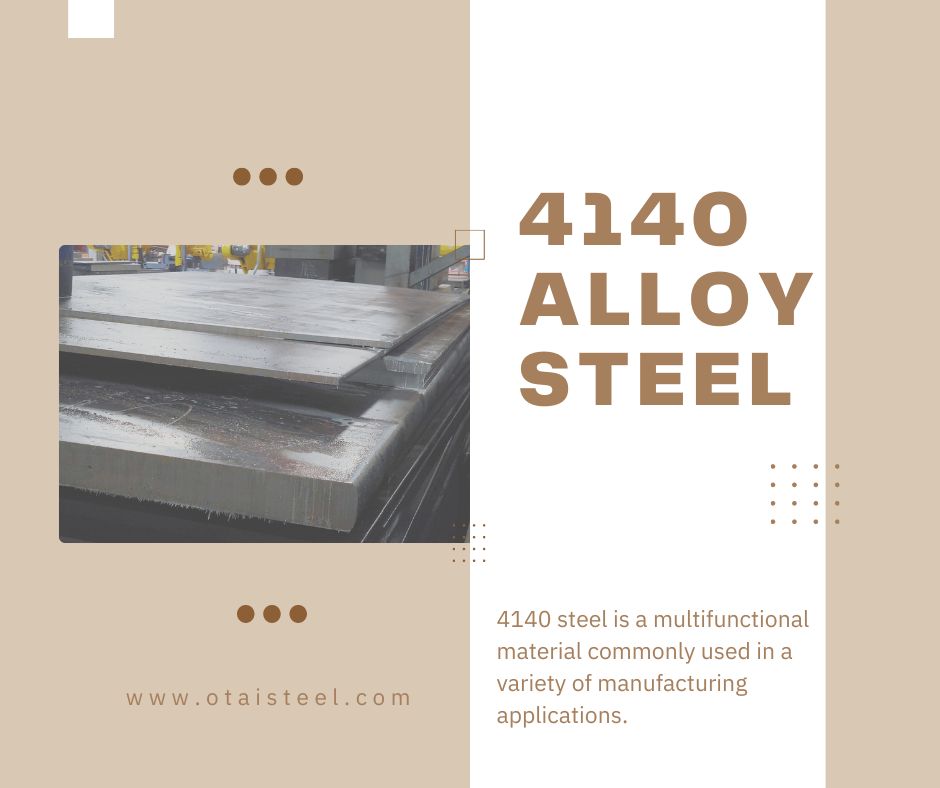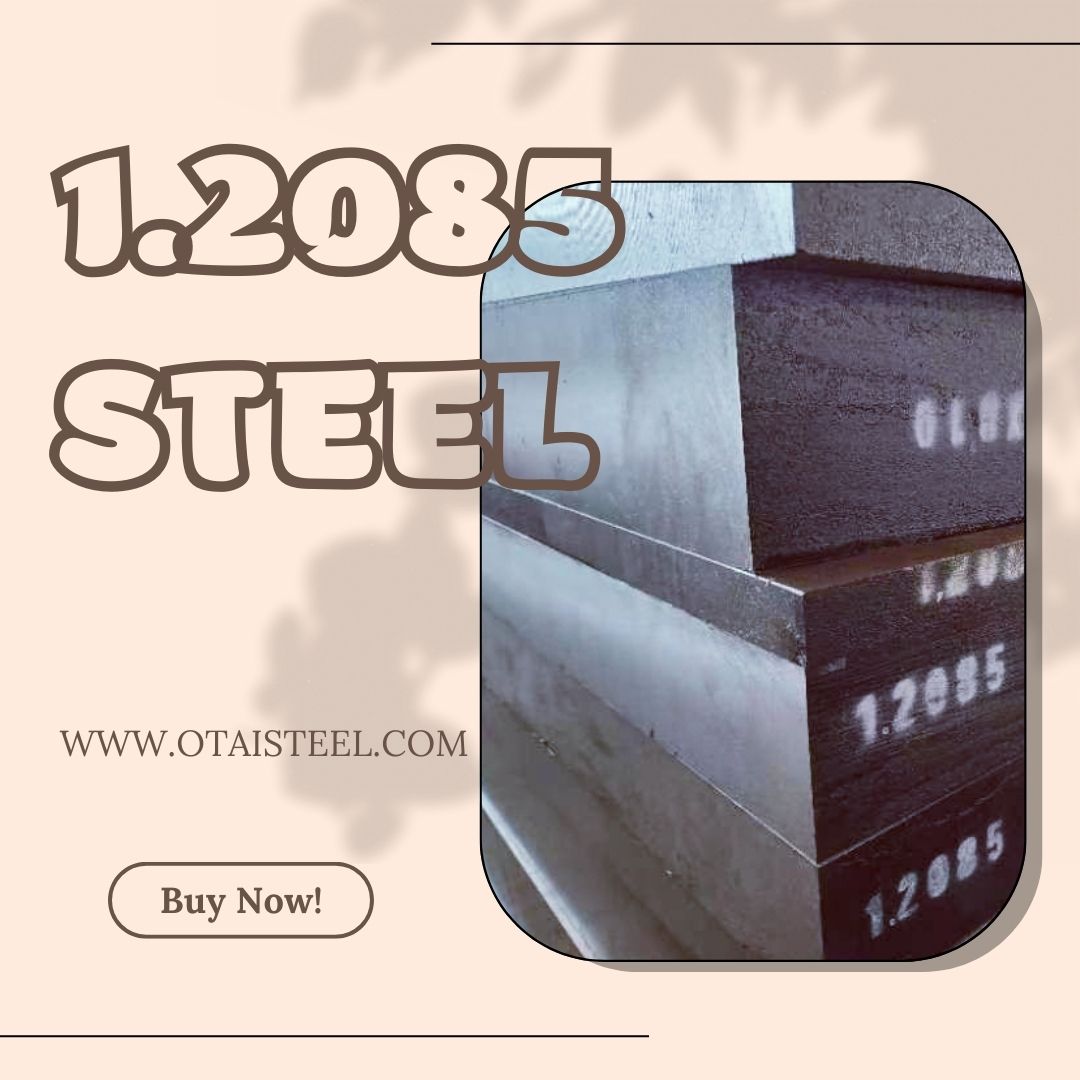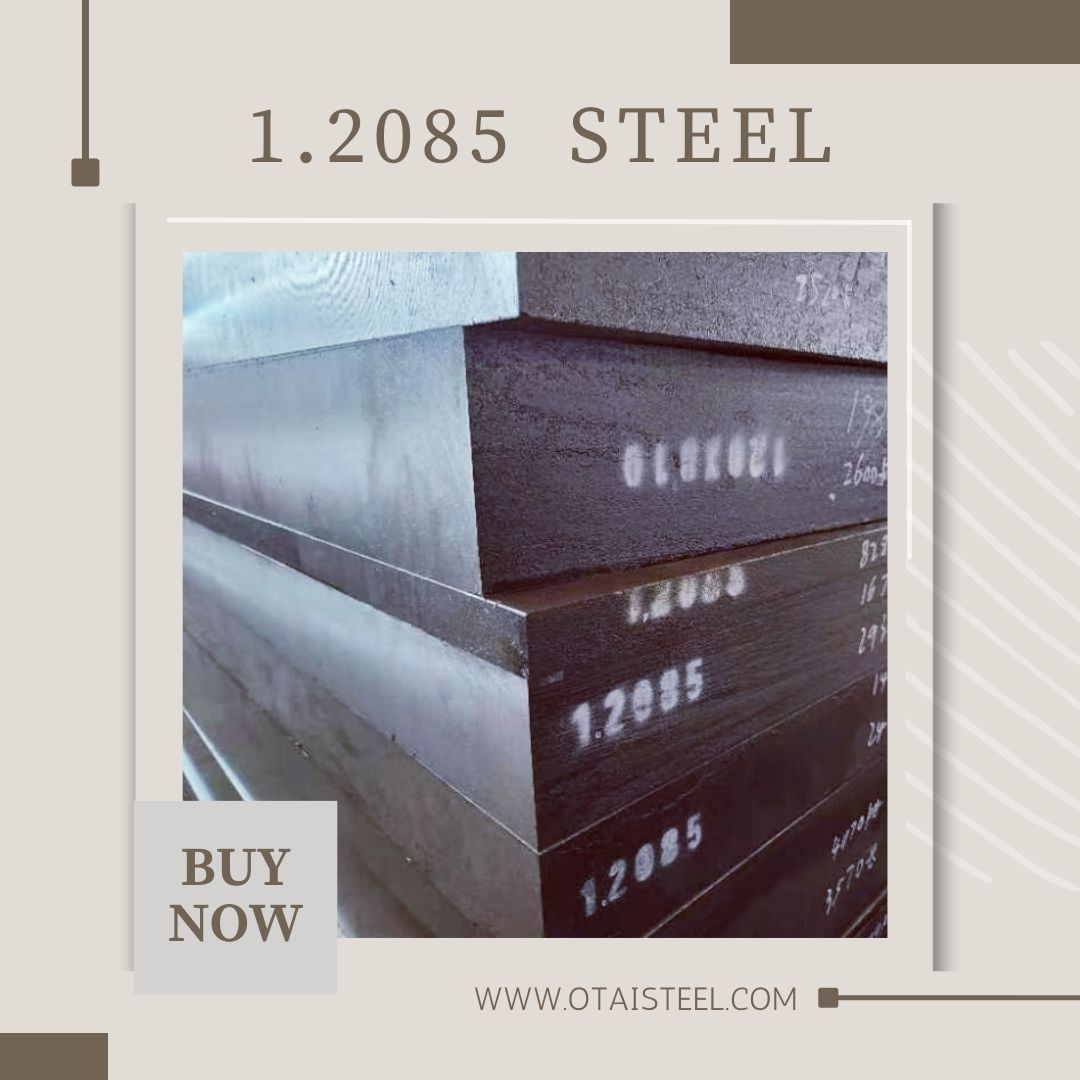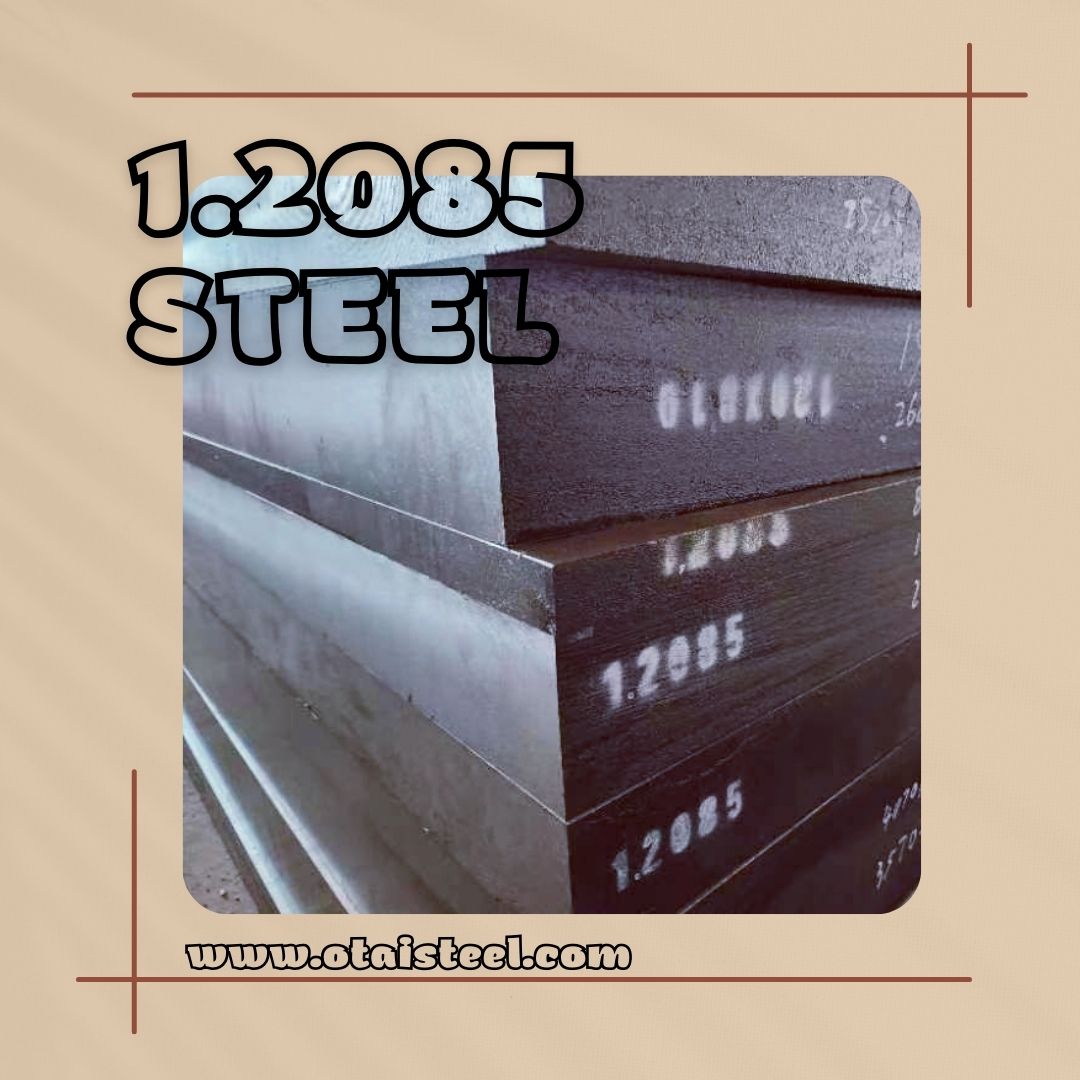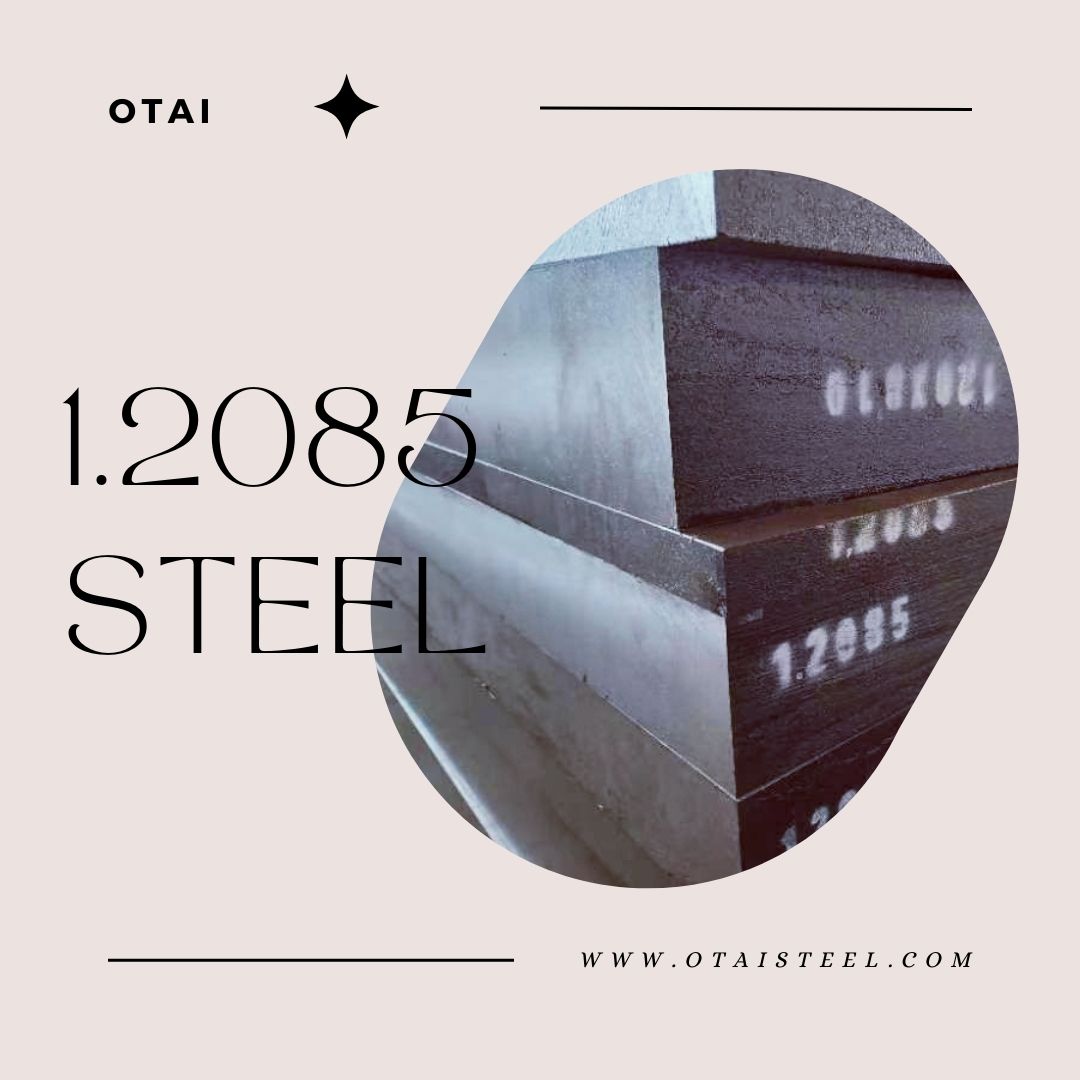Alloy steels, like 4140, have a broad spectrum of applications across industries due to their unique properties. Understanding their magnetic behavior is crucial, especially in industries where magnetism plays a pivotal role, such as automotive, aerospace, and electrical engineering.
Magnetic Permeability of 4140 Alloy Steel
Magnetic permeability is a measure of how easily a material can become magnetized when exposed to a magnetic field. It is a key factor in determining whether a material is attracted to a magnet.
Magnetic Susceptibility of 4140 Alloy Steel
Magnetic susceptibility is a property that quantifies how much a material will magnetize in response to an applied magnetic field. It indicates whether the material becomes magnetized and to what degree.
Is 4140 Alloy Steel Ferromagnetic?
Ferromagnetic materials are those that are strongly attracted to magnets and can retain their magnetization even after the external magnetic field is removed. Common examples of ferromagnetic materials include iron and nickel.
Factors Influencing Magnetic Behavior in 4140 Alloy Steel
Understanding the magnetic behavior of 4140 alloy steel involves considering various factors that can influence its magnetism.
Applications of 4140 Alloy Steel in Magnetic Fields
Knowing the magnetic properties of 4140 alloy steel opens up possibilities for its use in various applications where magnetism is a crucial factor.
FAQs
- Is 4140 alloy steel attracted to magnets?
- Yes, 4140 alloy steel is attracted to magnets, indicating its magnetic properties.
- Can 4140 alloy steel be used in electromagnetic applications?
- Yes, due to its magnetic properties, 4140 alloy steel can be utilized in electromagnetic applications where magnetism is required.
- What is the magnetic susceptibility of 4140 alloy steel compared to pure iron?
- The magnetic susceptibility of 4140 alloy steel is lower than that of pure iron but still significant enough to exhibit magnetic behavior.
- Can 4140 alloy steel be demagnetized easily?
- 4140 alloy steel can be demagnetized by subjecting it to alternating magnetic fields or by heating it above its Curie temperature, which is approximately 720°C (1,328°F) for 4140 steel.
- Are there specific industries where the magnetic properties of 4140 alloy steel are particularly valuable?
- Yes, industries like automotive, aerospace, and electrical engineering often benefit from the magnetic properties of 4140 steel in various applications, such as sensors, actuators, and magnetic shielding.
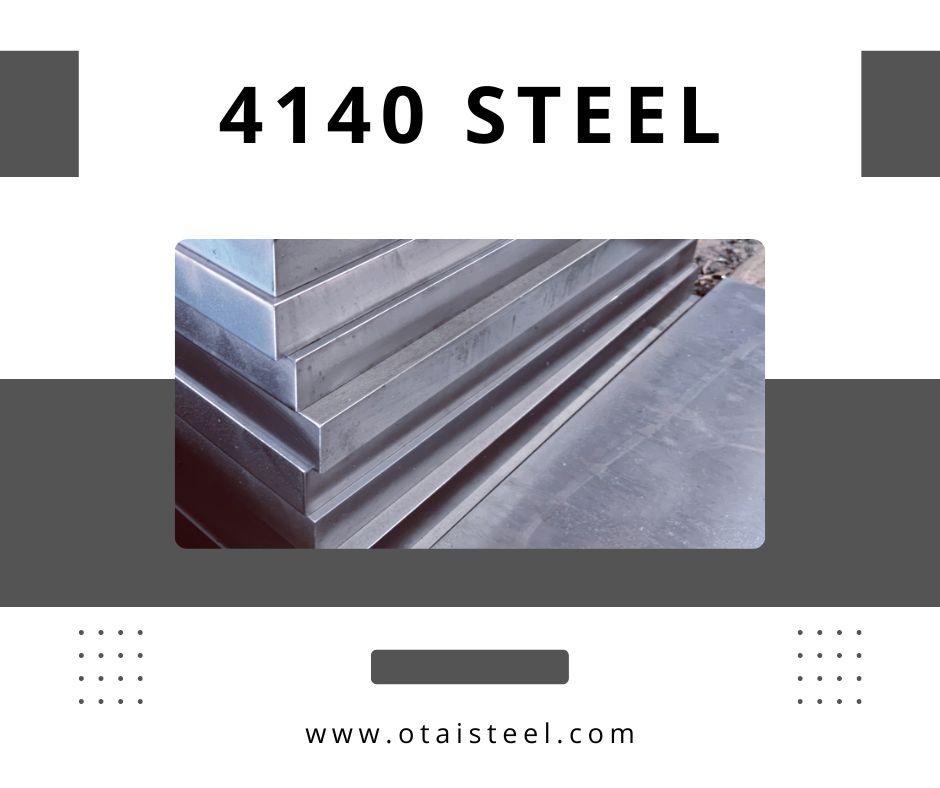

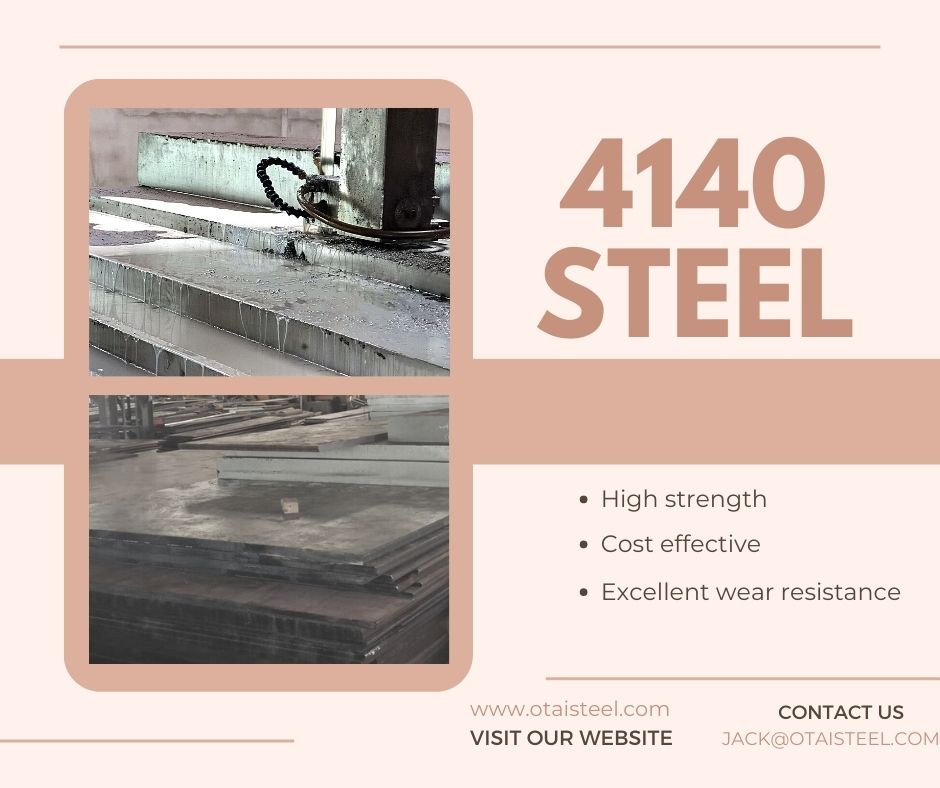
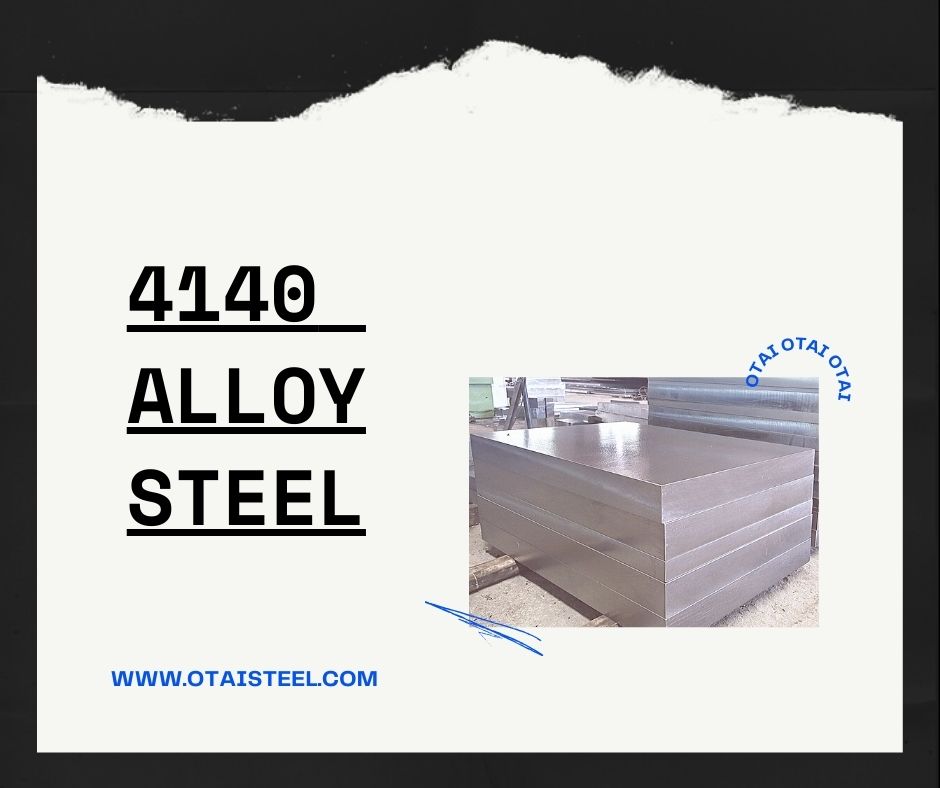 Tensile strength is a critical property to consider when working with materials like 4140 alloy steel. This alloy is known for its exceptional mechanical properties, making it a popular choice in various industries.
Tensile strength is a critical property to consider when working with materials like 4140 alloy steel. This alloy is known for its exceptional mechanical properties, making it a popular choice in various industries.